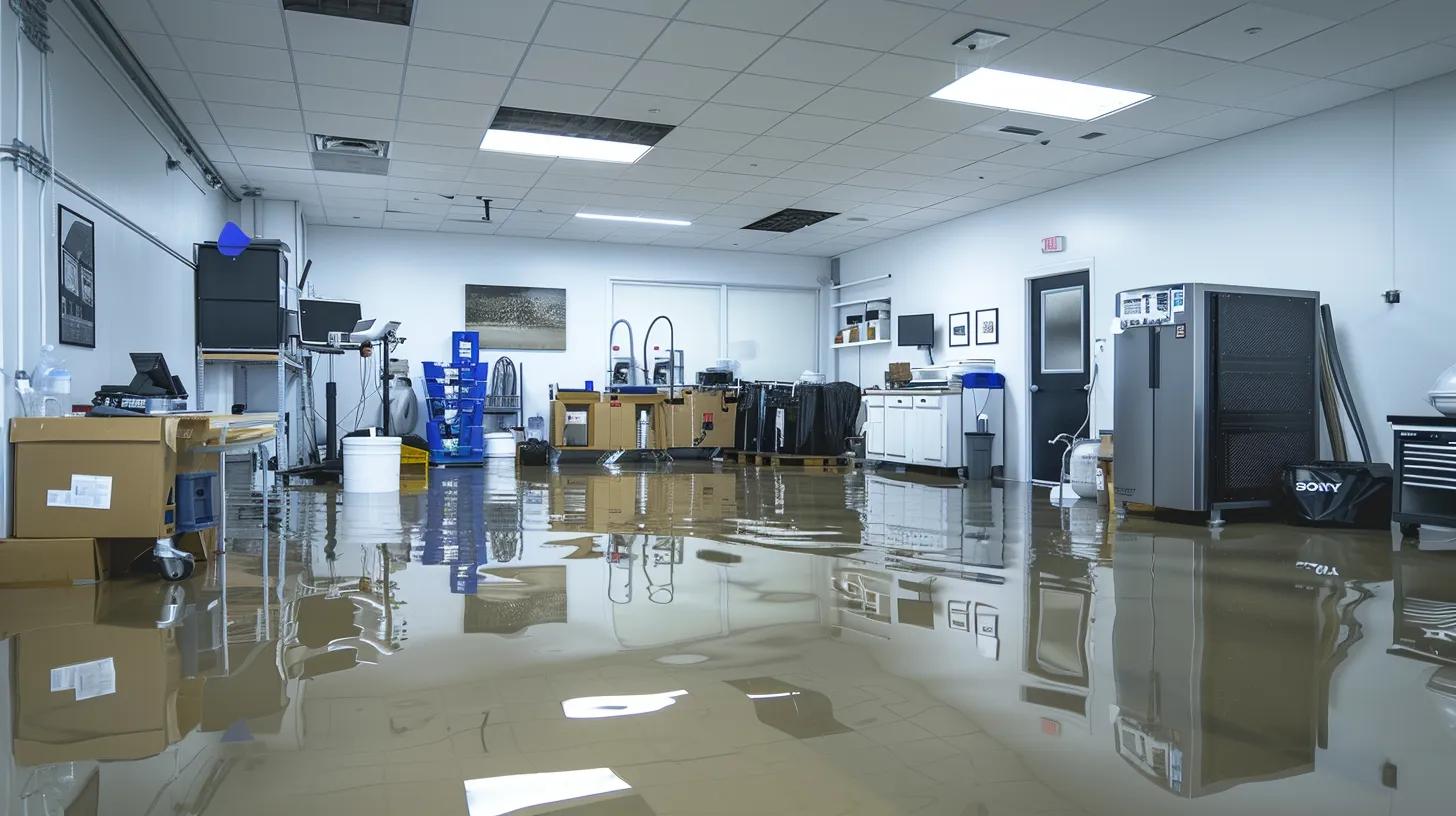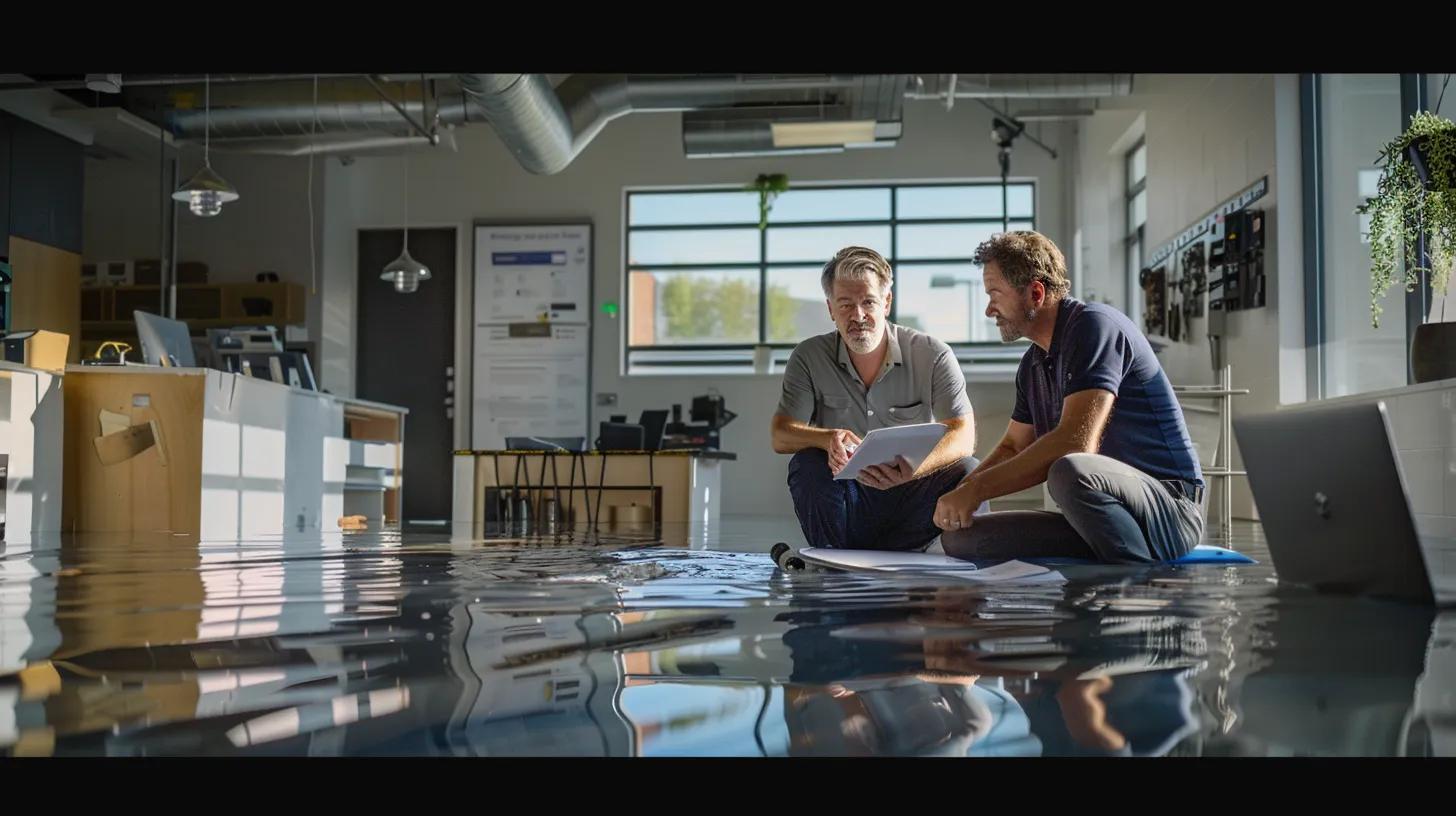
When water damage strikes, selecting the right water restoration service is crucial to protect your property and health. With complex work—from water extraction and drying to mold remediation and structural repairs—making an informed decision is essential. This article answers common questions and highlights factors such as certifications, emergency response, technology use, insurance, cost factors, customer reviews, and pre-service preparations, helping property owners choose a certified, emergency-ready company that meets quality standards and budgetary requirements.
Key Takeaways
- Water restoration services prevent long-term property damage, mold growth, and structural deterioration.
- A rapid, certified response minimizes additional damage and ensures effective remediation.
- Experience, modern technology, and strong insurance support are key when selecting a restoration company.
- Honest customer reviews and clear pricing guide informed decisions.
- Preparatory steps before service arrival protect belongings and ease the restoration process.
What Are Water Restoration Services and Why Are They Important?

Water restoration services remove excess water and moisture from buildings after incidents like floods, burst pipes, or leaks. The process—comprising water extraction, drying, cleaning, and sanitizing—limits structural deterioration and prevents mold growth. Even minor water damage can cause long-term issues such as weakened foundations or reduced indoor air quality. Using specialized equipment and techniques, restoration companies minimize secondary damage, thereby enhancing property safety and value. Methods such as infrared thermal imaging and dehumidification help reduce repair costs significantly.
What Does Water DamageRestoration Include?
Restoration includes: – Water extraction with powerful pumps and vacuums. – Dehumidification and accelerated drying methods. – Cleaning and disinfecting affected areas. – Inspection and, if necessary, replacement of porous materials like drywall. These steps address both visible and hidden moisture, ensuring the building’s safety and longevity.
How Can Water Restoration Prevent Mold and Structural Damage?
Effective restoration stops mold growth by immediately removing moisture that supports microbial activity. Rapid water extraction—ideally within 24 to 48 hours—prevents mold and minimizes structural damage. Technicians use moisture meters and thermal imaging to detect hidden water, ensuring all damp areas receive proper treatment and reducing the need for costly repairs.
How Do You Identify the Right Water Restoration Company?
Selecting a water restoration company involves evaluating certifications, technician experience, emergency response times, and use of advanced technology. A certified company follows industry standards and proven protocols. Customer testimonials and online reviews provide insights into reliability and performance. Transparent pricing and clear communication throughout the process are additional indicators of a trustworthy company.
What Certifications and Experience Should Technicians Have?
Technicians should hold certifications such as those from the Institute of Inspection, Cleaning and Restoration Certification (IICRC). Such credentials ensure that the crew is trained in the latest techniques and safety protocols. Experienced technicians quickly assess damage and execute effective restoration, with reputable companies often showcasing their track records and case studies.
Why Is Rapid Response Critical in Water DamageRestoration?
Quick response is vital because delays increase the risk of permanent damage and mold growth. Many companies guarantee a response time of under four hours. Every hour of delay can lead to additional damage and higher repair costs, so timely intervention with proper equipment significantly reduces overall damage.
How Does Advanced Technology Improve Restoration Results?
Modern restoration technology includes submersible pumps, industrial dehumidifiers, air movers, and thermal imaging cameras. Thermal imaging detects hidden moisture behind walls or under floors; industrial dehumidifiers rapidly lower humidity, preventing mold spore growth. Digital project tracking and real-time updates further improve efficiency and safety, ensuring restoration work is precise and effective.
What Questions Should You Ask Before Hiring a Water Restoration Service?

Before hiring, ask questions that clarify the restoration process, the equipment used, and service policies. Inquire about their methodology for water extraction and drying, and understand their timeline and criteria for success. These questions help gauge the company’s expertise and commitment to thorough property care.
How Do They Handle Water Extraction and Drying Processes?
A reliable service will detail how they extract water swiftly using appropriate equipment, and explain their drying process with industrial-grade dehumidifiers and air movers. Clear communication about service duration and progress criteria reassures property owners that every step is carefully managed.
Do They Offer Mold Remediation and Odor Removal?
Effective restoration services include mold remediation and odor removal. Mold remediation can involve chemical treatments, fumigation, and removal of contaminated materials, while odor removal may use ozone generators or specialized cleaning agents. Clarify these offerings to ensure all environmental hazards are addressed.
What Is Their Policy on Structural Repairs and Content Cleaning?
Inquire if the company also handles structural repairs and content cleaning. Some companies focus solely on water extraction and drying, while others offer comprehensive restoration that includes repairing damaged flooring, walls, or ceilings, and cleaning personal belongings. Using one provider for all tasks may simplify the claims process and reduce costs.
How Can You Verify Insurance and Warranty Options?
Verifying insurance and warranty terms is crucial. A dependable company assists with insurance claims and provides warranties on their work. Detailed documentation and clear terms offer added confidence that the restoration is protected against future issues, aiding in overall financial planning for the project.
How Does Insurance Claim Assistance Work With Restoration Services?
Many companies offer insurance claim assistance, working directly with adjusters by supplying detailed damage reports and repair estimates. This collaboration expedites claim approvals and relieves property owners of excessive administrative tasks, serving as a sign of the company’s experience with insurance processes.
What Warranties or Guarantees Should You Expect?
Expect warranties covering repair quality for 90 days to a year. These guarantees ensure that if moisture or mold issues recur, the company will address them at no extra cost. Clear, transparent contract terms further reflect the company’s confidence in its workmanship.
What Are the Typical Costs and Pricing Factors for Water Restoration?

Costs vary with damage extent, affected area size, and job urgency. Factors influencing pricing include water volume extracted, labor, equipment use, and any additional services such as mold remediation or structural repairs. Understanding these factors helps set realistic expectations and allows for better comparisons between different service providers.
How Do Emergency Services Affect Pricing?
Emergency services often involve premium fees due to rapid response and specialized equipment mobilization. While these added costs may seem high, the benefits of reduced damage and lower long-term repair expenses usually justify the expense.
Are There Affordable Options Without Sacrificing Quality?
Many companies offer tiered service packages that balance quality and cost. Options may range from basic water extraction and drying to comprehensive packages including structural repairs and mold removal. It is important to choose a company known for certifications and customer satisfaction to ensure affordability does not compromise quality.
How Do Customer Reviews and Testimonials Influence Your Choice?
Customer reviews and testimonials provide real-life examples of a company’s reliability and quality. They can highlight effective follow-up support, insurance assistance, and overall service satisfaction. Cross-checking reviews on platforms like the Better Business Bureau, Google Reviews, and Yelp can offer a comprehensive picture of the company’s performance.
Where Can You Find Reliable Reviews for Water Restoration Companies?
Reliable reviews are typically available on trusted sites such as the Better Business Bureau, Google Reviews, Yelp, and industry forums. In addition, testimonials on company websites and referrals from neighbors or property managers provide useful perspectives.
What Are Common Red Flags in Customer Feedback?
Watch for repeated complaints about delayed responses, unclear communication, hidden fees, or poor follow-up service. Consistently low ratings or recurring negative comments may indicate systemic issues, suggesting that a company should be avoided despite lower pricing.
How to Prepare Your Property for Water Restoration Services?

Preparing your property before professionals arrive can streamline the restoration process and prevent further damage. These measures help protect your belongings and critical documents, ensuring that the work proceeds efficiently.
What Steps Can You Take Before Professionals Arrive?
Remove any standing water safely, relocate valuable items and electronics to higher ground, and cover exposed furniture with plastic sheeting. Document the damage with photographs or videos for insurance purposes, and clear obstacles to create a safe working environment for technicians.
How to Protect Your Belongings During Restoration?
Cover fragile items and important documents with waterproof tarps or plastic covers. Remove movable artifacts that are at risk during the drying process, and store them in a dry space if possible. Discuss the option of content cleaning with your service provider to further safeguard your possessions.
| Service Component | Key Benefit | Example/Metric |
|---|---|---|
| Rapid Water Extraction | Minimizes secondary damage | Extraction within 4 hours can reduce repair costs significantly. |
| Advanced Drying Technology | Prevents mold growth | Industrial dehumidifiers effectively lower humidity levels. |
| Insurance Claim Assistance | Streamlines financial recovery | Direct coordination with insurers expedites claim processing. |
Frequently Asked Questions
Q: How quickly should water restorationbegin after damage occurs?
A: Restoration should ideally start within 24 to 48 hours to limit mold growth and structural damage.
Q: What certifications should a water restorationcompany possess?
A: Look for certifications like IICRC, which confirm that technicians follow industry-approved methods.
Q: Can restorationservices assist with insurance claims?
A: Yes, many companies provide claim documentation and directly work with insurers.
Q: Are warranties provided on restorationwork?
A: Reputable companies offer warranties from 90 days up to a year, ensuring any recurring issues are promptly addressed.
Q: What is the importance of using advanced drying technology?
A: Advanced drying equipment speeds up moisture removal, reducing risks of structural damage and mold growth.
Final Thoughts
Choosing the best water restoration service requires evaluating response time, technician certifications, advanced technology, insurance support, and customer reviews. A proactive approach—from documenting initial damage to preparing your property for service—can significantly influence the restoration outcome and long-term property integrity. By asking the right questions about processes, warranties, and cost factors, you ensure that your home or business is set on the correct path to recovery, ultimately restoring your property and providing peace of mind during a challenging time.
